Endoscopy
As in human medicine, minimally invasive techniques are being used more and more in veterinary medicine, both in diagnostics and in surgical interventions. Due to the often small body size of exotic pets, this technique has the advantage that disease processes can be magnified. Additionally, with surgical interventions the healing time is also shortened quite extensively.
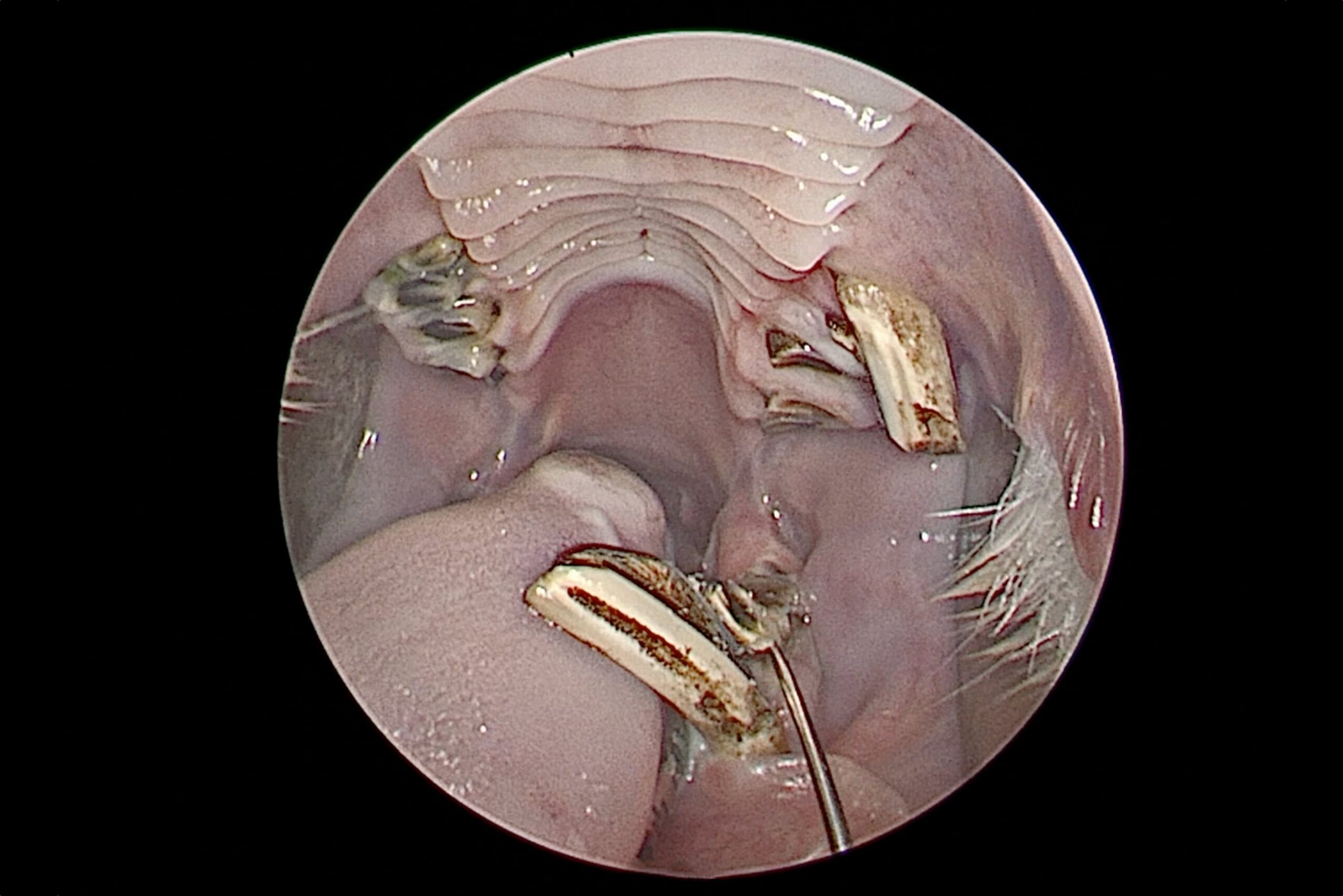
Dental examination mammals
In rabbits and guinea pigs, but also in other rodents, changes in the very small oral cavity can be depicted much better. This also makes it easier to visualize the surgical field when removing cheek teeth.
Rhinoscopy rabbit
Rhinitis is one of the most common diseases in rabbits. The changes in the nasal cavity can be visualized by means of endoscopy and, in most cases, small foci of inflammation which often develop over time can also be removed.
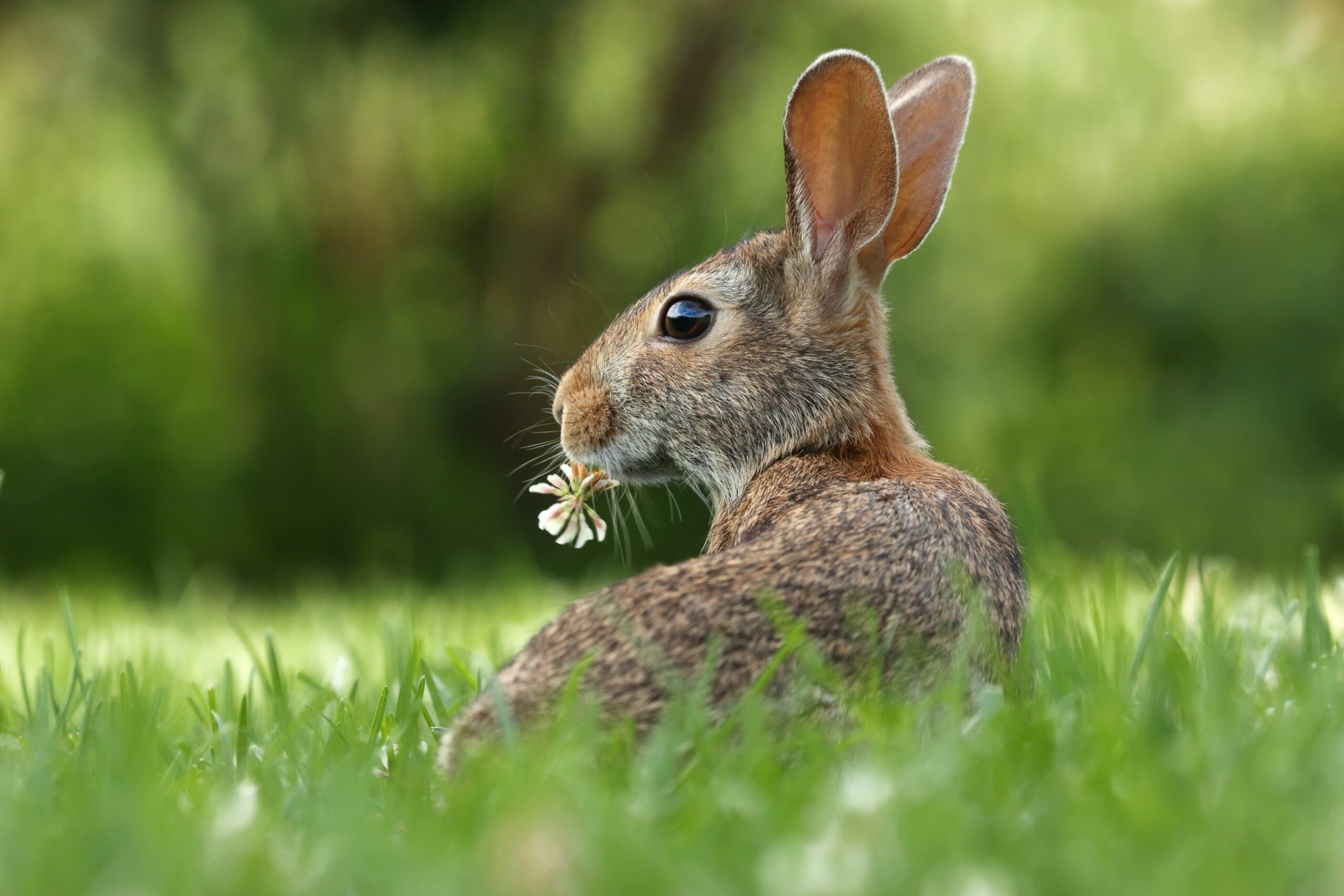
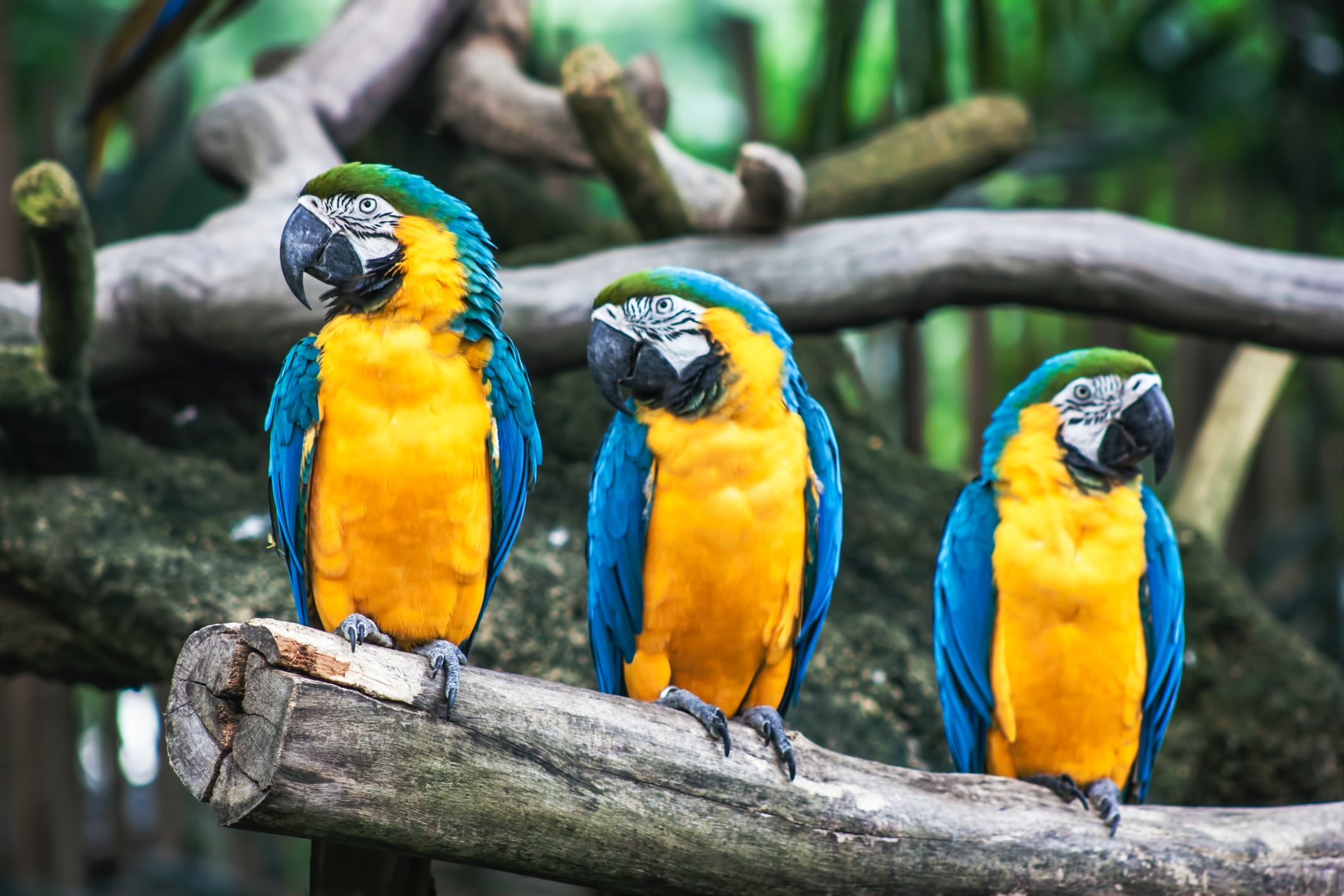
Birds
Birds are ideal candidates for endoscopy because almost all of the major organs are adjacent to air sacs in the body cavity. Therefore, organs such as the heart, lungs and liver but also the air sacs themselves can be examined for signs of disease and tissue samples can be extracted for further examinations.
Reptiles
Since most reptiles, like birds, do not have a diaphragm, almost every organ can be viewed through an endoscopic examination of the abdominal cavity.
In turtles and tortoises, the advantage is that the shell does not have to be opened, since almost all surgeries can be carried out through a small incision in front of the hind leg.
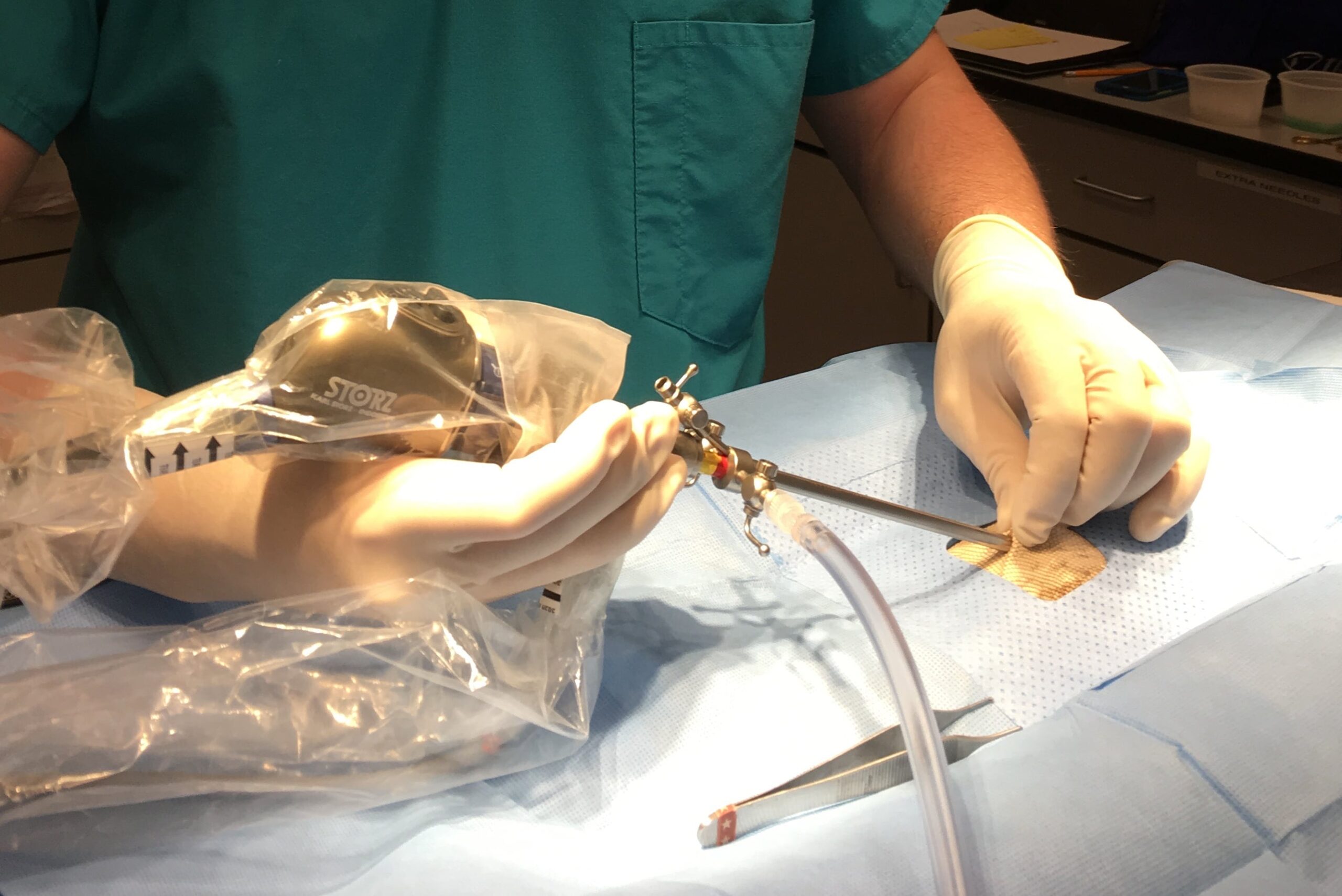
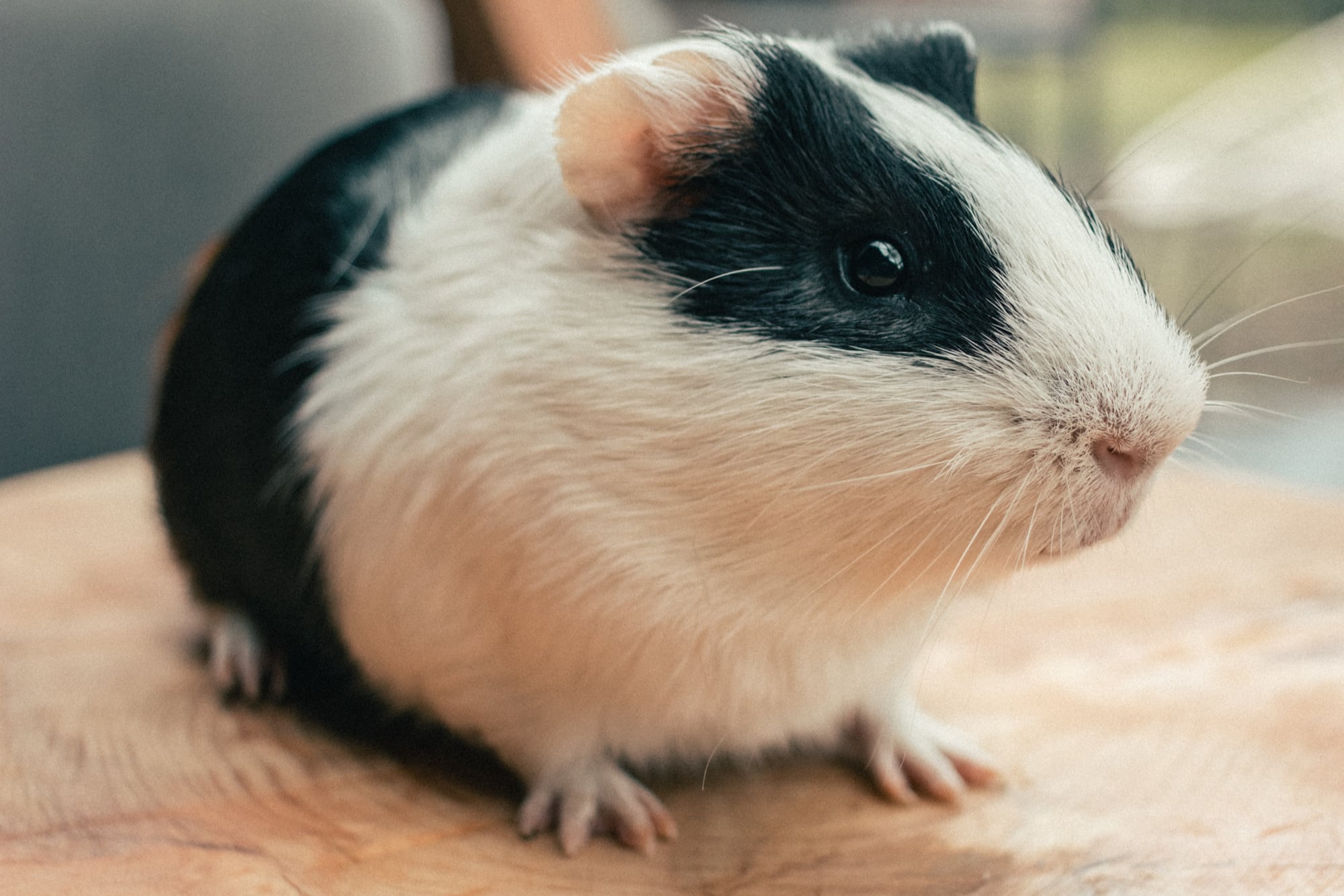
Female guinea pigs
Guinea pigs often suffer from urinary stones, and in female guinea pigs it is very easy to remove the stones through the urethra using an endoscope. This saves the animal from having to undergo major surgery.

